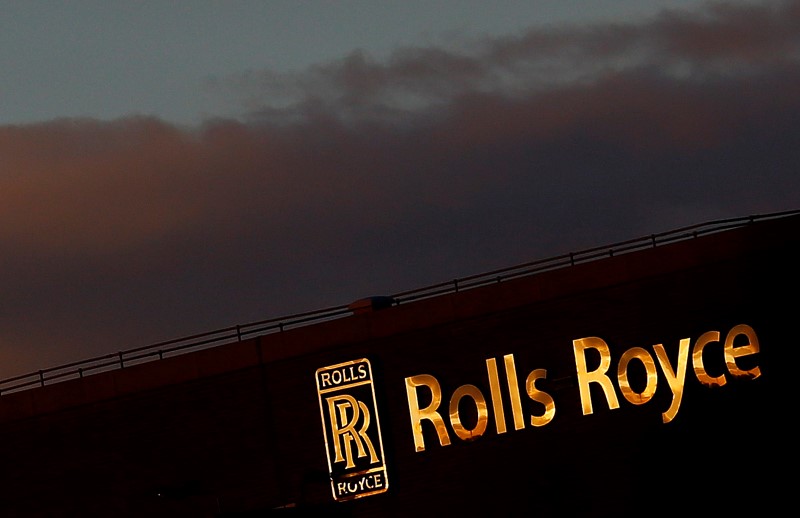This post was originally published on this site
https://i-invdn-com.akamaized.net/news/LYNXMPEBAM0R2_M.jpg
Investing.com — How high can a stock go just on relief that bankruptcy has been avoided?
It’s a question that has different answers depending on who you ask, which stock you’re talking about and, in the case of some well-known meme stocks, how heavily it’s been shorted.
British industrial blue-blood Rolls-Royce (LON:RR) effectively avoided bankruptcy last year, with a massive recapitalization that included both new borrowing and equity. It’s planning to return to a net cash position with asset sales over the next year.
But the stock still languishes. At 116 pence, even after another 2.7% rise on the back of its annual results published Thursday, it’s down over 50% from its level at the start of February last year.
This looks odd, given the prevailing narrative of economic reopenings and a global recovery, and not explainable just by the dilution carried out through last year’s rights issue. A quarter of the company’s business comes from the defense sector, which has not really been hit by the pandemic, and which has a thoroughly positive outlook (the company sees $7 billion in possible revenues from new U.S. projects alone).
Over half the business, though, is its civil aviation operations, where it earns most of its money on maintenance and repair of its aircraft engines. These payments in turn depend on how much the aircraft fitted with them actually fly.
The gloomy news here is that the international travel market is still not confident of a real rebound in 2021. Lufthansa, a large customer, revised its expected flying capacity downward for the year when it reported earnings last week.
In Europe in particular, the latest Covid-19 infection figures suggest that new and more infectious variants of the virus are spreading fast, taking advantage of lamentable shortcomings in the EU’s vaccination procurement and its member states’ distribution programs.
So it was conspicuous that Rolls Royce (LON:RR) stuck to its previous forecasts on Thursday in saying that it expects large engine flying hours to increase to 55% of 2019 levels this year, from 43% last year, with an acceleration in the second half of 2021. For 2022, it expects that metric to rise to 80%, a level that – if sustained – will generate free cash flow of 750 million pounds ($1.05 billion) a year.
“The worst is now well behind us,” CEO Trevor East told an analyst call on Thursday, which seems a fair enough claim. But Rolls’ civil aviation business is disproportionately exposed to the wide-bodied aircraft that ply the long-haul routes, which are set for a slower recovery than the short-haul segment. Rolls itself said it expects new deliveries – the source of future maintenance contracts – to stay at the current depressed levels “for the next few years.”
With 9 billion pounds in available liquidity, the worst case scenario should easily be avoided now. But any further delays to the recovery will force it to draw more of those credit facilities and ensure that more of its future returns accrue to bondholders than shareholders. The stock remains cheap for a reason.

